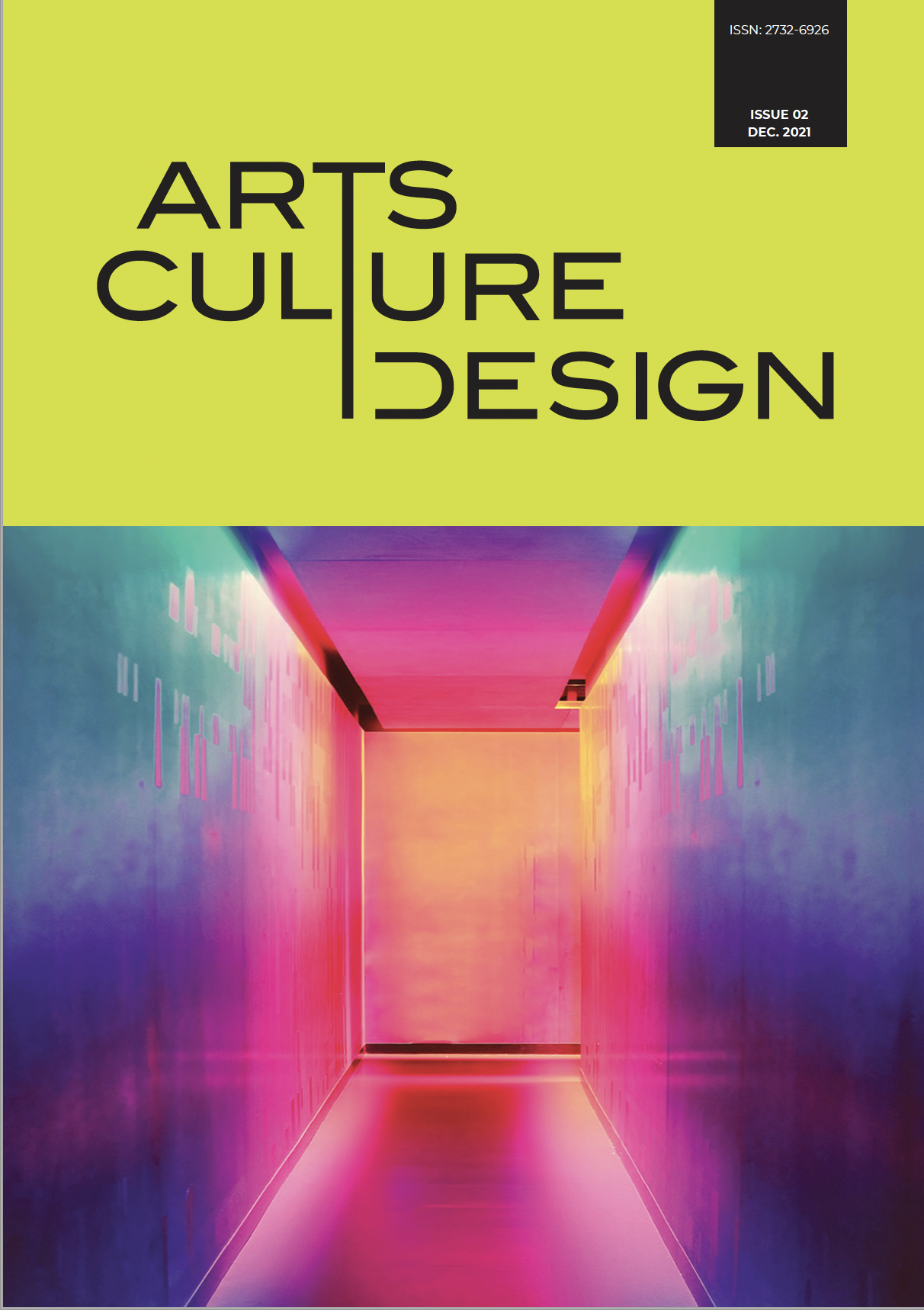Readymade-image-sentence: protest aesthetics in a time of democracy post-1989

Abstract
ABSTRACT
Jacques Rancière perceives the image as what is sayable and visible and 20C film montage as an Image-sentence: the closest proximity of parallel realities (Rancière 2007). Prohibited from public view, Marcel Duchamp’s 1917 Readymade revolution is re-membered in a photographic image: a fountain-urinal. On the mourning after WWII, George Orwell noted readymade-sentences of what could(n’t) be said (Duchamp 1997). Captured by Rene Magritte, the treachery of a painted-word-image-thought, could have been a film about what it wasn’t (Flavia, 2014). About now, Walter Benjamin saw an optical unconscious in the photograph miraculously inverting the awe of culture and nature. (Benjamin 2004) After 1989, Bruno Latour held this modern Constitution as equally anti-modern (before ever having been modern) and postmodern, after which there would be nothing, except the digital image (Latour 1993). Before this, Situationist International and Fluxus showed life as the other side art. Keep your coins, I want change, read millennial graffiti’s signature anonymity . With no True North, this portfolio-essay presents an Image of protest aesthetics in a time of democracy post-1989. Before, from a North in the South; after from southern hemisphere parallels; in-between from a South in the North. Overarching is a Pacific mirror. Each readymade-image-sentence has four cartoons and four, 200-word max. abstract captions.
Keywords – aesthetics, protest, city, North-South, East-West
Article Details
- How to Cite
-
McInneny, A. (2022). Readymade-image-sentence: protest aesthetics in a time of democracy post-1989. Design/Arts/Culture, 2. https://doi.org/10.12681/dac.27489
- Issue
- Vol. 2 (2021)
- Section
- Artwork/Portfolio
The copyright for articles in this journal is retained by the author(s), with first publication rights granted to the journal. By virtue of their appearance in this open access journal, articles are free to use (with the exception of the non-granted right to make derivative works) with proper attribution for non-commercial uses (licence Creative Commons 4.0). EKT/NHRF retains the worldwide right to reproduce, display, distribute, and use articles published in DAC in all formats and media, either separately or as part of collective works for the full term of copyright. This includes but is not limited to the right to publish articles in an issue of the Journal, copy and distribute individual reprints of the articles, authorize reproduction of articles in their entirety in another EKT/NHRF publication, and authorize reproduction and distribution of articles or abstracts thereof by means of computerized retrieval systems.
DAC journal considers all submitted artwork on the condition author(s) confirm that third-party intellectual property rights are not violated in any way.
Author(s) are responsible for securing permissions to publish copyrighted material, such as photographs and other artwork and for paying any fees involved. Production of an article will not begin until the editor has received all relevant permissions.
The copyright for published articles in Design | Arts | Culture is retained by the author(s). By virtue of their appearance in this open access journal, articles can be used freely, with proper attribution, for educational and other non-commercial purposes.


